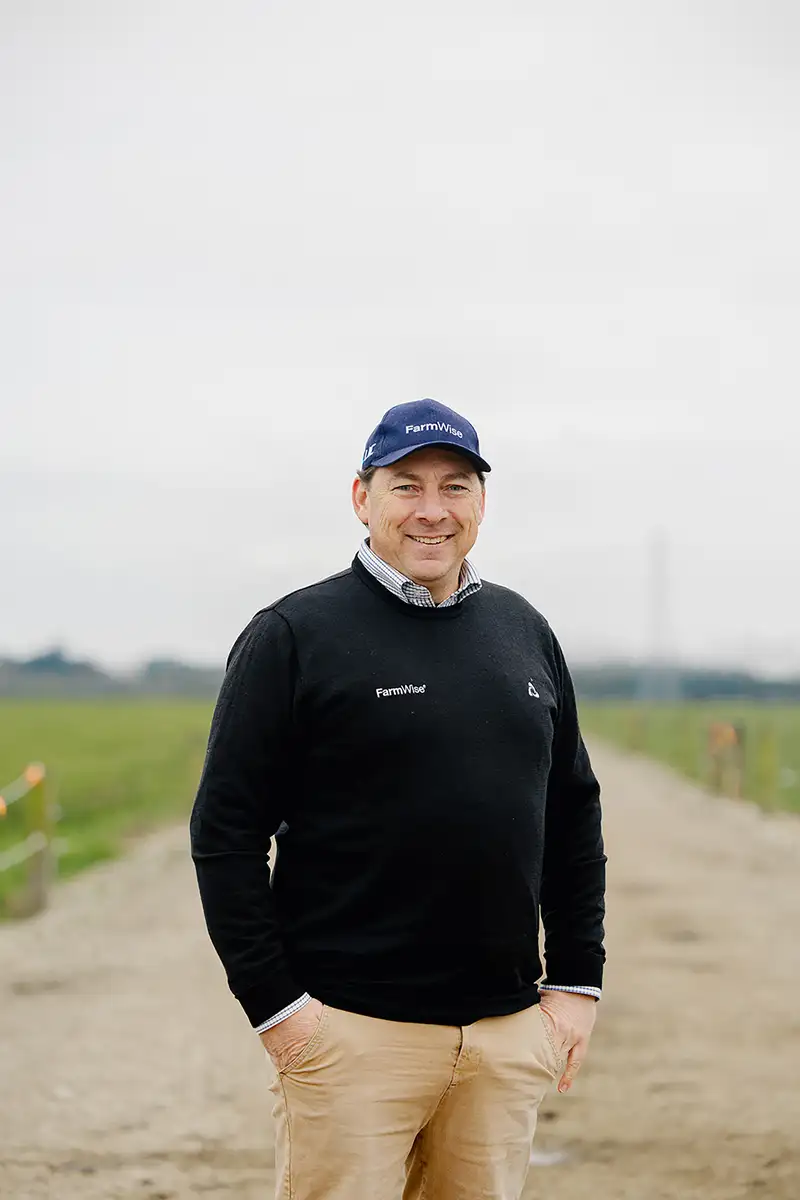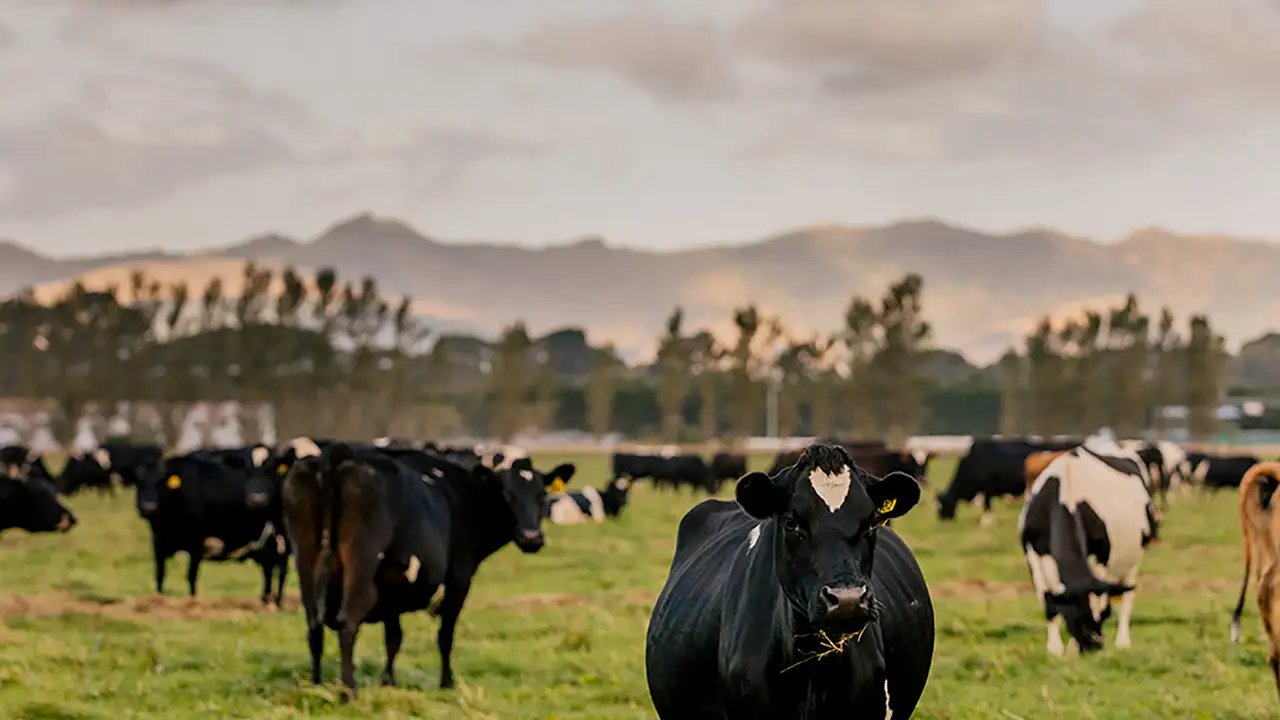Why should farmers be excited about Fonterra’s stated emissions target?
- The announcement provides clarity of what it means for those on farm: farmers, their staff, and farm consultants
- It provides an ability to influence emission intensity with tools that make sense
- Most of these tools have the potential to improve profit.
How can farmers begin aligning themselves with Fonterra’s environmental goals?
First, it’s vital that we gain a sound understanding of the source of on-farm emissions, its drivers, and levers.
On-farm emission reductions can therefore be split by its sources: Methane, Nitrous Oxide, and Carbon Dioxide.
For the sake of brevity, and because it represents the ‘lowest-hanging fruit’, this discussion focuses on methane-reduction.

FarmWise Consultant - Leo Pekar
Methane
Methane production is the result of feed fermentation, and since every kg of feed accounts for a set number of emissions, reducing the amount of feed that it takes to produce milk is key (for every 1kg of dry matter, 21.6g of methane is produced).
According to DairyBase, it currently takes 12.3 kgDM eaten to produce a KgMS.
Therefore, reducing the amount of feed it takes to produce 1 kgMS by, for example 9%, will drop methane emissions by a similar amount. This is a measure of feed conversion efficiency.
How to improve on feed conversion efficiency (kgDM/kgMS)?
One focus must be milk production per cow.
Take a crossbred cow producing 400kgMS/year: This cow is going to require a similar amount of feed for body-maintenance, walking, and pregnancy as a crossbred cow of the same size that produces 500kgMS/year.
While it is true the higher producing cow will require more feed (5.6 tonnes of dry matter, as opposed to the lower producing cow that requires 4.9 tonnes of dry matter*), the higher-producing cow is more efficient because it uses a lower proportion of feed for body maintenance and exertion.
In the example above, the higher producing cows achieve a reduction of 9% in enteric methane intensity.
Improving milk production per cow requires:
- Quality cow genetics
- better feeding
- days in milk (mating performance)
- good animal health
- BCS management
- sound stockmanship
- in some cases, more brought-in feed (NB: may lead to increases in other warming gases).
The role of repro:
Repro is important as it drives replacement rate, culling choices, and maximises the 4–8-year-old cows which are at maximum milk production.
Replacement rate is also important as young animals are consumers without producing anything for two years but continue to produce methane.
So what’s the upshot?
Being a short-lived gas, methane reductions have the potential to have a cooling effect on the planet, as lowering emissions would result in lowering atmospheric concentrations (unlike other gases). We should be excited with this opportunity and embrace it.
Every farm has different opportunities that need scoping.
Use your farm consultants who are able to apply their experience and expertise with tools such as Optimiser®. This will help farmers understand their farm system, and model changes with a clear understanding of the financial implications.
It’s not about boosting production per cow by throwing different feed mixes at the herd – farmers should get the basics right first and build productivity on top for the benefit of both the farm business and the environment.
The task need not be daunting. Farmers frequently overestimate what can be done in one year, but underestimate what can done in 10 years!





